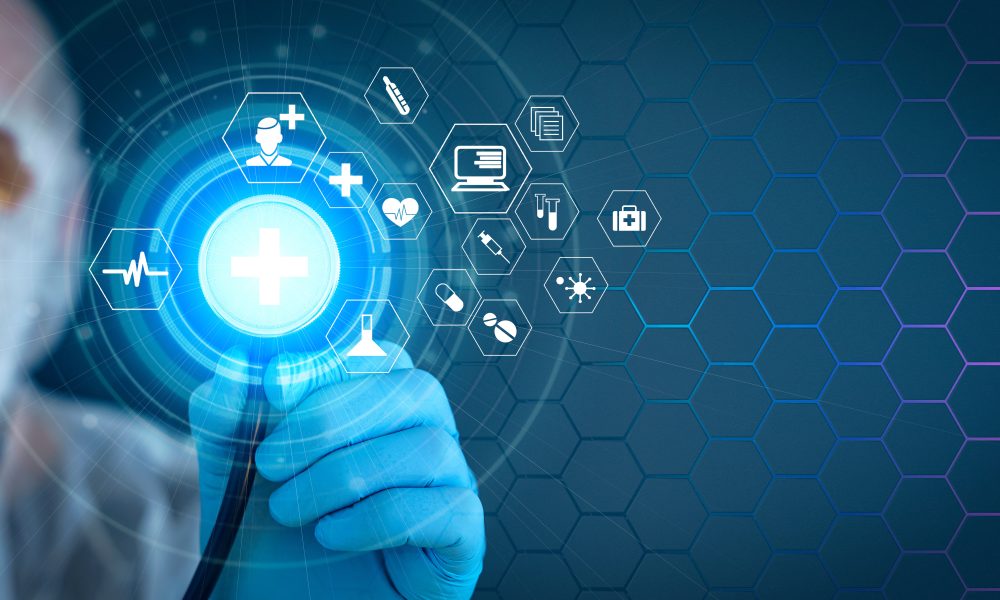
Organoid culture technology is currently experiencing a technological explosion and a surge in scientific research results. The industry’s growth potential is vast, yet it also confronts significant challenges.
Organoid technology has emerged as a prominent and autonomous research tool. Organoids, formed as intricate three-dimensional (3D) structures, hold the capacity to originate from a wide array of cellular sources, ranging from embryonic stem cells (ESCs) and induced pluripotent stem cells (iPSCs) to somatic stem cells and even cancer cells.
These 3D tissues, fabricated on a small scale within laboratory settings, closely resemble the native organs in terms of their structure and functionality. Serving as a powerful bridge between conventional in vitro models and in vivo models, this technology exhibits immense potential for clinical applications, particularly in the field of cancer.
Understanding organoids
This new study was led by Dr. Shanqiang Qu of the Institute of Brain Disease, Nanfang Hospital, Southern Medical University and Rongyang Xu of the First Clinical Medical College of Southern Medical University, and other members of the Laboratory for Precision Neurosurgery, Nanfang Hospital, Southern Medical University.
The team first introduced the developmental timeline of organoids and they pointed out that Organoids have garnered significant attention and interest in the fields of life sciences and medical research due to their unique application value and broad market potential.
While not entirely equivalent to genuine human organs, organoids have successfully replicated the structure and function of real tissues.
Organoids are produced by cultivating adult stem cells with specific spatial arrangements in vitro. In this review, the team outlined the primary operational steps for culturing and identifying PDOs generated from surgically resected GBM tissue.
The team also indicated that cancer PDOs effectively recapitulate the histopathologic characterization of parental tumours. Additionally, organoids do exhibit a degree of preservation of the genomic features found in their parental tumours, albeit with certain distinctions between them. Generally, a higher number of CAN and SNV genes were observed in the organoids compared to the parental tumours. Next, the team compared organoids to preclinical tumour models.
In comparison, organoids, with their composition and structure more similar to primary tissues and ability to enable complex cellular interactions in a 3D environment, are better suited to address questions that cannot be resolved by in vivo models. The team also revealed the potential of patient-derived tumour organoids in predicting the response of tumour patients to chemotherapy, radiotherapy, and targeted therapy. Despite the numerous advantages of organoids over other in vitro models, their use is still subject to limitations.
The application of organoids in clinical and fundamental research is also elaborated by the authors. For the former, organoids can be applied to personalised therapy, drug screening, and identification of therapeutic targets. For the latter, organoids can be applied to human tumour model systems, insightful investigation of disease mechanisms, identification of novel cancer biomarkers, drug discovery, and toxicology studies.
In the review, the authors describe the current challenges and future directions for this technology.



